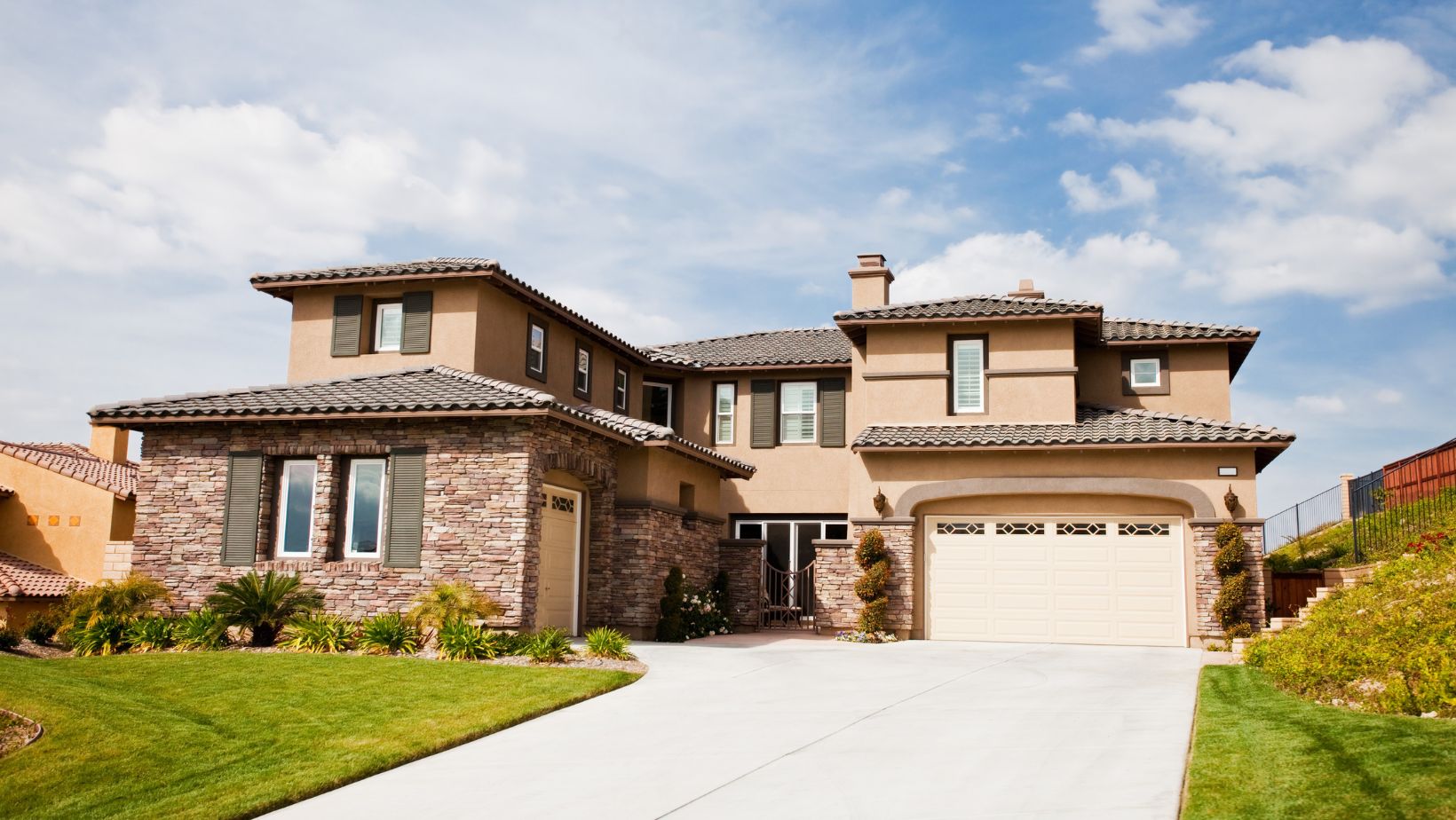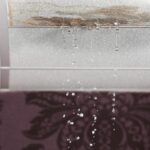
Designing roofs for structures in areas prone to harsh weather conditions presents a unique set of challenges. The roof, serving as the primary shield against the elements, must be robust enough to withstand heavy rain, snow, high winds, and other extreme weather events. Engineers and architects must carefully consider a range of factors to ensure the safety and longevity of the building. Material selection, structural support, and architectural design are all critical components that interact to form a weather-resistant roof.
Additionally, the slope and shape of the roof are vital considerations that contribute to its overall effectiveness in severe climates. A roof with an appropriate slope can significantly reduce the likelihood of water pooling and ice damming, which can cause serious damage. The integration of advanced water runoff systems, including gutters and downspouts, is also crucial to manage precipitation efficiently and protect the building’s foundation from water damage.
Incorporating sustainable and energy-efficient elements into roof design is increasingly important, particularly in regions where harsh weather can amplify energy consumption for heating or cooling. Features such as reflective materials to combat heat absorption in hot climates or additional insulation in colder areas are examples of how roof designs can be tailored to improve a building’s resilience and reduce its environmental footprint.
Essential Design Elements for Durable Roofing
When constructing roofs for harsh weather areas, the design’s resilience is critical. Material selection, structural integrity, and effective waterproofing are pillars of creating a robust roofing system.
Material Selection for Weather Resistance
Choosing the right roofing materials is paramount for ensuring longevity and durability. Metal roofing, such as steel or aluminum, offers high resistance to wind and hail. Moreover, slate and tiles are known for their ability to withstand heavy rains and the pressures of snowy climates. A roofing contractor can provide expert advice on the best materials for specific weather conditions.

|
Roofing Material |
Weather Resistance Properties |
|
Metal |
Wind and hail resistance |
|
Slate |
Longevity in heavy rains |
|
Tiles |
Durability in snow |
Structural Considerations in Harsh Climates
Roof structures must be designed to handle the weight of snow and potential accumulation of water. Steeper roof slopes are effective in promoting snow and water runoff, reducing the likelihood of structural failure. Additionally, reinforcing the roof framing and trusses can prevent collapse due to the added stress of harsh weather conditions. Roofing contractors should ensure that the design adheres to local building codes, which often dictate specifications for high-load areas.
Waterproofing Techniques
Waterproofing is vital in preventing leaks and moisture penetration. The application of rubberized coatings and underlayment materials adds an extra layer of protection. Seamless gutters and proper drainage systems play a critical role in avoiding water buildup that can lead to ice dams in colder climates. The careful installation of flashings around vents, chimneys, and roof intersections, typically managed by a roofing contractor, is essential in maintaining a waterproof barrier.
Ideal Practices for Roof Installation and Maintenance
In areas with harsh weather conditions, robust roofing practices are essential for both safety and longevity. Ensuring that installation and maintenance adhere to high standards can drastically reduce the likelihood of roof damage or failure.
Proper Installation Procedures
A qualified roofing contractor should always perform roof installations to ensure they meet local building codes and manufacturer specifications. They must:
- Utilize materials rated for severe weather, such as high-wind resistant shingles, sealants, and water barriers.
- Apply correct fastening techniques, spacing nails appropriately and using the correct number of nails per shingle.
Checklist for Installation:
- Materials: selection of weather-appropriate roofing materials.
- Fastening: secure and accurate nail placement.
- Sealing: application of sealants in vulnerable areas.
Regular Roof Inspections and Upkeep
Regularly scheduled inspections should be conducted at least twice a year, with additional checks post-storm events, to identify potential issues like loose shingles or blocked gutters. Maintenance tasks include:
- Cleaning of gutters and downspouts to prevent water accumulation.
- Trimming trees near the roof to avoid branch-related damage.
Inspection Focus Areas:
- Structural Integrity: checking for signs of wear, cracking, or loosening.
- Water Resistance: ensuring sealants and flashing are intact.
- Drainage System: confirmation that gutters and downspouts are clear.













